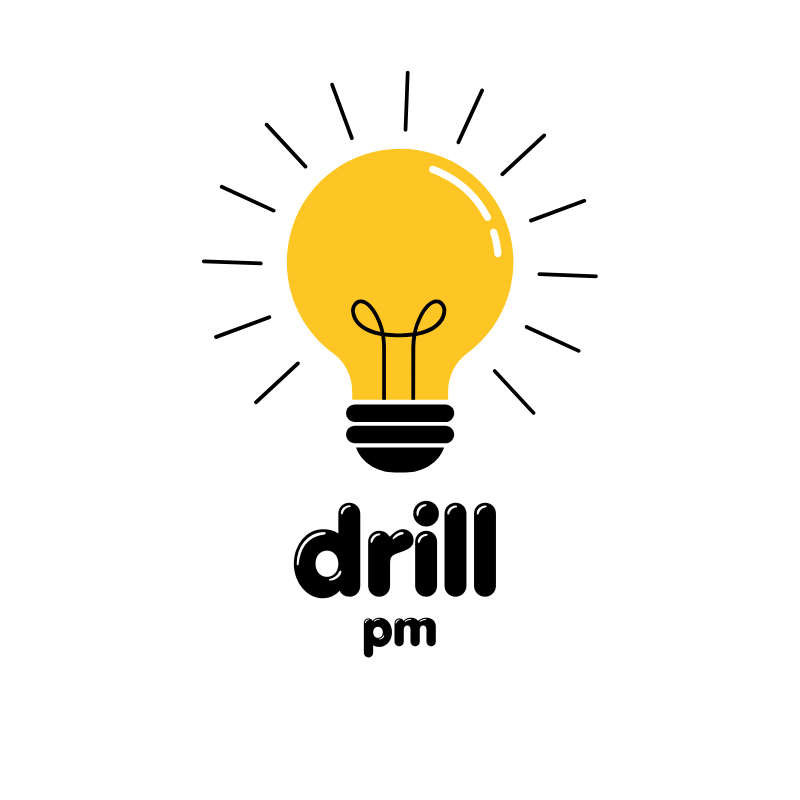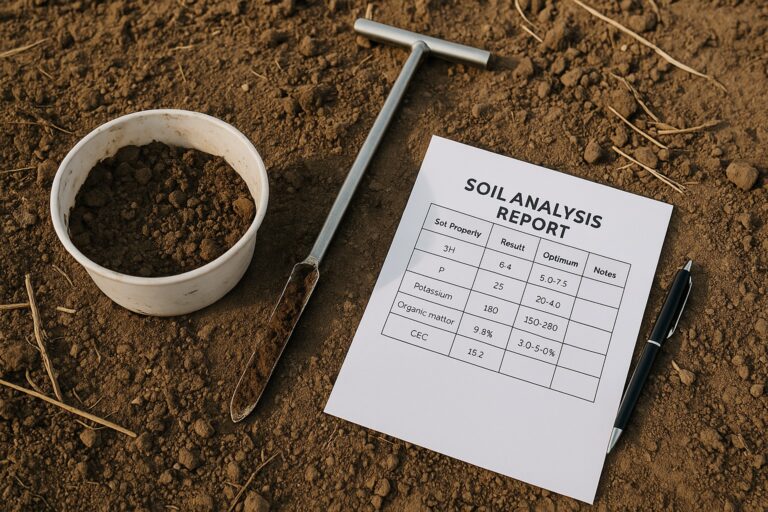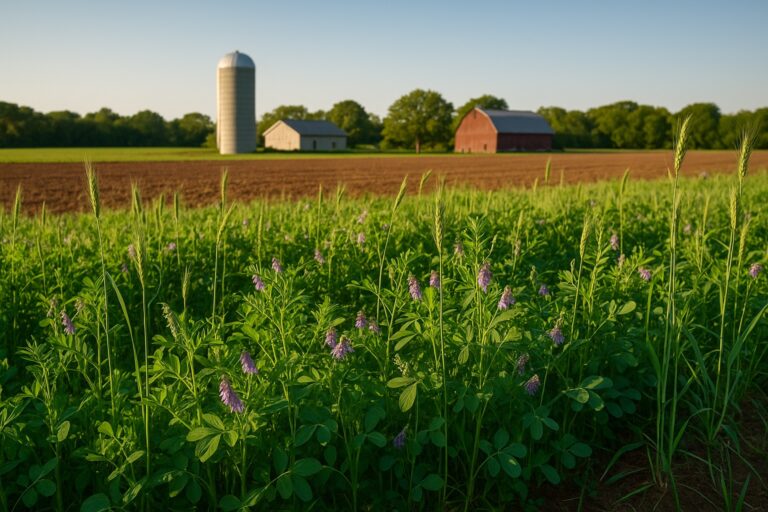Anúncios
Increasing productivity in agriculture doesn’t always require large sums of money. In fact, some of the most effective improvements come from strategic decisions and optimized use of available resources. For small farmers across the United States, learning how to get more from each acre—without increasing costs—can make a major difference in profitability and sustainability.
This article explores practical, budget-friendly strategies that have proven successful in boosting productivity without breaking the bank. Whether you’re growing vegetables, grains, or managing a mixed-use farm, the concepts presented here apply broadly to different farming models and regions.
If you’re looking for smart, actionable steps to enhance your farm’s output while keeping costs under control, this guide will walk you through the essentials. Let’s explore how to do more with less—starting today.
Understand your current productivity baseline
Before implementing any changes, it’s crucial to understand where your productivity currently stands. Start by evaluating the yield of each crop, the efficiency of your resource usage, and the return on investment for each input. This means tracking how much you’re spending on seeds, fertilizers, water, labor, and how much you’re harvesting in return.
Keep detailed records of each planting cycle and analyze which practices led to better yields. Free or low-cost digital farm management tools, such as FarmLogs or AgriWebb, can help track data efficiently. This baseline will serve as your reference point to measure future improvements and identify where small tweaks can lead to big gains.
By knowing your numbers, you gain clarity and confidence to prioritize low-cost interventions that truly make a difference.
Focus on soil health: the foundation of productivity
Healthy soil is the backbone of any productive farm. Instead of investing in expensive chemical fertilizers, focus on natural and low-cost ways to improve soil fertility. Composting farm waste, applying manure, and rotating legumes that fix nitrogen are all affordable ways to nourish your land.
Cover crops, such as clover or rye, help prevent erosion, suppress weeds, and restore organic matter in the soil. Even leaving crop residues on the field after harvest can enhance soil structure and moisture retention.
Simple tests like pH strips or soil test kits available at local agricultural supply stores can give you insights into your soil’s condition without the need for costly lab analysis. Improving soil health increases water retention, reduces pest problems, and boosts crop yields—all without heavy spending.
Choose cost-effective crops and crop rotation techniques
Selecting the right crops can make a significant impact on productivity and profitability. Focus on high-yield, fast-growing crops that require minimal inputs. For example, leafy greens, beans, and root vegetables often offer good returns on investment with short growing cycles.
Practice crop rotation to maintain soil fertility and reduce pest buildup. Rotating crops prevents the depletion of specific nutrients and disrupts the life cycles of pests and diseases. A well-planned rotation can reduce the need for pesticides and fertilizers—saving money and improving long-term productivity.
If possible, incorporate intercropping or companion planting techniques. These methods allow you to grow multiple crops together, maximizing land use and promoting biodiversity. For example, planting corn with beans and squash (the “Three Sisters” method) improves yield while supporting natural soil health.
Optimize irrigation without high expenses
Water is a critical resource, but modern irrigation systems can be costly. However, you can still improve water efficiency without large investments. Start by watering at the right time of day—early morning or late evening—to reduce evaporation.
Mulching with organic materials like straw or grass clippings helps the soil retain moisture and reduces the frequency of irrigation. Low-cost drip irrigation systems made with recycled plastic bottles or simple hoses with holes can deliver water directly to plant roots, minimizing waste.
Collect rainwater using barrels or simple gutter systems. In many states, rainwater harvesting is encouraged and sometimes subsidized. Always check local regulations, but this method can provide a nearly free water source for your crops.
Use affordable agricultural technology
Technology doesn’t have to be expensive to be effective. There are numerous mobile apps and platforms designed for small farmers that offer valuable insights at no cost. Tools like Plantix help identify plant diseases through photos, while apps like Agrobase provide detailed information about pests and weeds.
Simple mechanization can also boost productivity. Hand-held seeders, manual sprayers, and low-cost weeding tools improve efficiency without the expense of large machines. Cooperative ownership of larger equipment among neighboring farmers is another cost-saving strategy.
Even basic smartphones can become productivity tools when paired with the right apps and practices. Embracing accessible technology empowers small-scale farmers to make data-driven decisions and reduce waste.
Improve labor efficiency with smart planning
Labor is often the largest expense on small farms. One way to improve productivity without hiring more workers is to optimize how labor is used. Start by creating a weekly task schedule and assigning roles based on skill and experience. This minimizes downtime and increases output.
Train family members or part-time workers on multiple tasks to increase flexibility during peak periods like planting and harvesting. Grouping similar tasks (e.g., weeding multiple rows at once or harvesting several crops in a single session) saves time and effort.
Use tools like checklists, printed calendars, or shared apps like Trello or Google Calendar to stay organized. Better planning reduces the need for emergency fixes, limits waste, and ensures each working hour contributes to productivity growth.
Take advantage of government and community programs
There are many local, state, and federal programs aimed at supporting small farmers. These include grants, subsidies, and free training sessions on sustainable agriculture practices. The USDA’s Natural Resources Conservation Service (NRCS), for example, offers technical assistance and cost-sharing for implementing conservation practices.
Extension services from land-grant universities often provide workshops, demonstrations, and one-on-one guidance—all free or low-cost. Additionally, joining a farmer cooperative or community-supported agriculture (CSA) group can reduce input costs through bulk purchasing and provide access to shared equipment or transportation.
Networking with local farming groups or attending agricultural fairs can open doors to new opportunities and resources that reduce expenses while increasing your farm’s capabilities.
Track progress and adjust strategies regularly
Improving productivity is not a one-time event but a continuous process. Once you’ve implemented changes, evaluate their impact using the same baseline metrics established at the beginning. Did yields increase? Did costs decrease? Are there noticeable improvements in soil quality or crop health?
Review your results monthly or quarterly, and be willing to adjust your approach based on what you learn. Maybe a particular cover crop didn’t perform well, or a drip irrigation method needs tweaking—these insights help refine your strategy over time.
Encourage a mindset of experimentation. Test small changes on a portion of your field before expanding them. This minimizes risk while allowing for innovation and growth at a manageable pace.
Conclusion
Small-scale farmers across the United States face increasing pressure to produce more with less. Fortunately, by focusing on strategic, low-cost interventions—like improving soil health, optimizing irrigation, and using affordable tools—it’s entirely possible to increase farm productivity without major investments.
What makes the biggest difference is consistent planning, smart decision-making, and the willingness to adapt. Even simple, inexpensive changes can lead to measurable improvements when applied thoughtfully and tracked over time.
The future of small farming doesn’t depend on high-tech machinery or massive funding—but on creativity, resilience, and access to practical knowledge. And you now have the tools to begin that transformation.
Frequently Asked Questions (FAQ)
What is the most cost-effective way to improve soil health?
Using compost, rotating legumes, and applying natural mulches like straw are low-cost, effective methods for boosting soil fertility.
Can I increase productivity without buying new machinery?
Yes. Manual tools, better planning, and cooperative equipment sharing can increase efficiency without requiring heavy investments.
What free tools can help me track farm data?
Apps like FarmLogs, AgriWebb, and Trello offer useful free features to track productivity, labor, and inputs.
How can I access local agricultural support programs?
Start by contacting your local USDA office or agricultural extension agency. Many offer guidance and access to grants or training.
Is rainwater harvesting legal in all states?
While rainwater harvesting is legal in most U.S. states, some have restrictions. Always check with your local agricultural or environmental authority.



